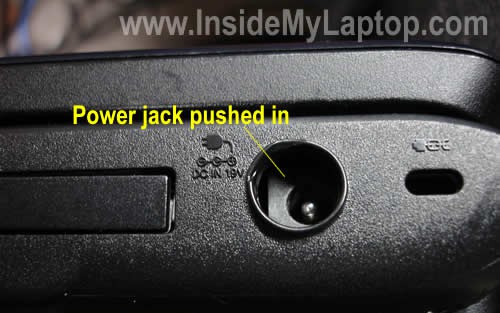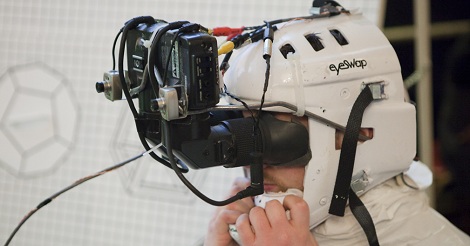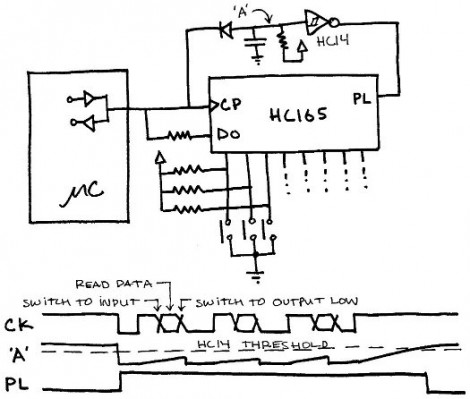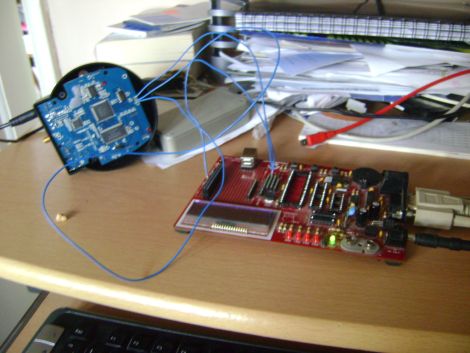
[Jerzmacow] got his hands on this Verifone Vx570 handheld payment terminal at a flea market. It’s got a thermal printer, a magnetic card reader, and then there’s the big LCD screen and buttons. In other words, lots of parts for his hacking amusement. But first, he decided to take a look at the parts that went into the design. He carefully disassembled the device, documenting what he found along the way. He mentions that there’s a switch pressing against the underside of the LCD which disables the hardware when disassembled. So it sounds like he won’t be able to get it to work again (there’s a Lithium battery inside which we’d guess powers some type of hardware kill switch circuit).
He posted an HD video of the tear down which we’ve embedded after the break. We find some of the design to be quite peculiar. Normally we have [Dave Jones] to walk us through design choices in his EEVblog hardware reviews. Since [Jerzmacow] wasn’t able to provide that level of insight, we’d love to hear what you think each piece of hardware is for. Leave your comments, along with time-stamps from the video. Specifically, what’s up with that strange board shown at 1:51? Continue reading “Name These Parts: Verifone Payment Module Tear Down”















